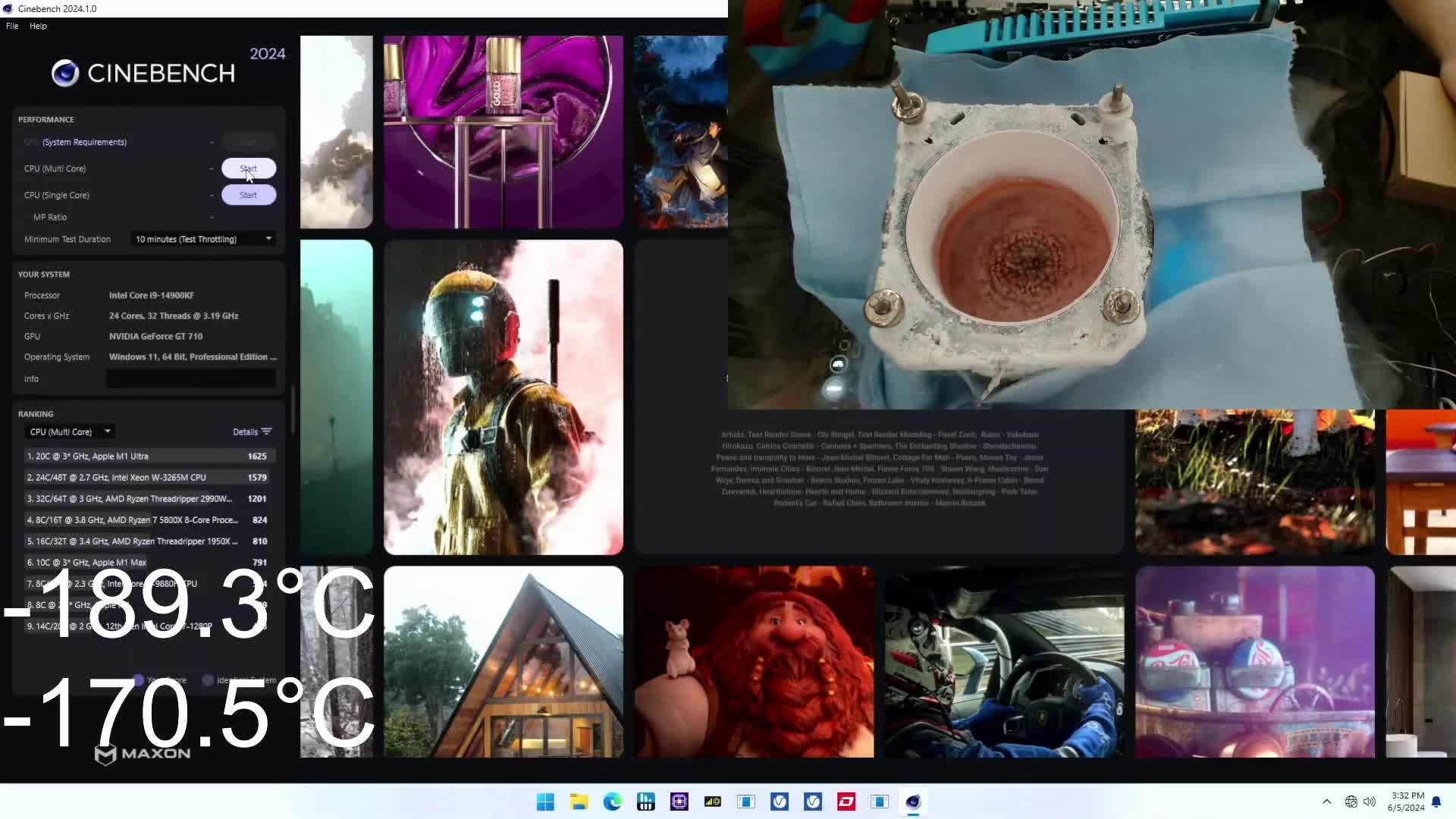Sci-Tech
Elon Musk is Criticizing Biden On X More Ahead of 2024 Election

Last month, Elon Musk posted on X that President Biden “obviously barely knows what’s going on.”
“He is just a tragic front for a far left political machine,” Mr. Musk wrote. It was the 29th time this year that he had posted about the president on X, formerly known as Twitter, which Mr. Musk bought in 2022.
Mr. Musk has steadily ramped up his criticism of Mr. Biden as the campaign season heats up before the November presidential election. Mr. Musk has posted about Mr. Biden on X at least seven times a month since January, attacking the president for everything from his age to his policies on immigration and health. Before that, he posted about Mr. Biden twice in December and not at all in November, according to a New York Times analysis. In all, Mr. Musk had posted nearly 40 times about Mr. Biden this year, compared with about 30 times for all of last year.
In contrast, Mr. Musk had posted more than 20 times on X this year about former President Donald J. Trump, the presumptive Republican nominee. In those posts, Mr. Musk defended Mr. Trump, arguing that he is a victim of media and prosecutorial bias in the criminal cases that the former president faces.
Mr. Musk’s posts about this year’s presidential race stand out because he is signaling a willingness to tip the political scales as the owner of an influential social media platform, something that no other leader of a social media firm has done. And Mr. Musk exerts outsize influence over the political discourse on X, where he regularly posts to his 184 million followers.
Mark Zuckerberg, Meta’s founder, has shied away from endorsing candidates and rarely posts political content on Facebook or Instagram. Satya Nadella, Microsoft’s chief, and Sundar Pichai, Google’s chief, have also not posted political commentary on their companies’ social media platforms, LinkedIn and YouTube.
Bhaskar Chakravorti, the dean of global business at the Fletcher School at Tufts University, said Mr. Musk’s outspokenness on his political views could have consequences.
“He has ownership and the largest follower base, and he is a much-larger-than-life character with almost godlike status” on one of the largest platforms for political discussion, Mr. Chakravorti said. “If he was to really come out and support a candidate and put his weight against it, it could have an impact.”
The White House, the Biden campaign, Mr. Musk and X did not respond to requests for comment.
By bringing an ideological bent to X, Mr. Musk mirrors what media moguls like Rupert Murdoch, whose empire includes Fox News and The New York Post, have done by helping shape their outlets’ coverage and broader political discourse, said Sarah Kreps, a professor and director of the Tech Policy Institute at Cornell University.
Mr. Murdoch “has a particular ideological valence and most people know what that is, and that permeates through his different media outlets,” she said. “People can opt into those or opt out,” similar to X. Some users — put off by Mr. Musk’s ideological bent — have migrated to competing social media platforms, she said.
Still, Mr. Musk is unlikely to tip November’s vote, social media experts said. Many of his followers already agree with his political stance, they said, and the platform has shifted right since his acquisition.
Mr. Musk has become more publicly supportive of right-wing candidates and views in recent years. As recently as 2022, he described himself as a centrist and a reluctant Democrat. He said he voted for Mr. Biden hesitantly in 2020. Political giving records show that Mr. Musk has not made national campaign contributions since 2020, when he gave to Republican and Democratic Senate candidates.
But in June 2022, Mr. Musk said he had voted for a Republican candidate for the first time in a special election for Texas’ 34th Congressional District. In the national midterm elections that November, he urged voters to vote Republican in congressional races since a Democrat was in the White House.
That evolution continued last May when Mr. Musk hosted a buggy audio stream on X to announce and endorse Florida’s governor, Ron DeSantis, for the Republican presidential nomination. Mr. Musk has not made another endorsement.
Mr. Musk has also repeatedly used X to vocally support right-wing politicians around the world, including Javier Milei, the president of Argentina; Jair Bolsonaro of Brazil; and Narendra Modi of India. He has then tried to use that good will to lobby for advantages in those countries for his other businesses, including SpaceX, a rocket company, and Tesla, which makes electric cars.
Mr. Musk has courted Mr. Trump, who was booted from X when it was still known as Twitter, after the Jan. 6, 2021, riot at the Capitol. After buying Twitter in 2022, Mr. Musk moved quickly to restore Mr. Trump’s account, although the former president has posted only once on the platform since then.
Even though Mr. Musk has not endorsed Mr. Trump, he has had several conversations with the former president. In March, Mr. Musk and Republican donors met with Mr. Trump in Palm Beach, Fla., as the former president sought election donations.
Afterward, Mr. Musk posted on X that he was “not donating money to either candidate for US President.”
Mr. Musk has been sympathetic to Mr. Trump in his posts. “The more unfair the attacks on Trump seem to the public, the higher he will rise in the polls,” Mr. Musk wrote last week.
Mr. Musk has long been critical of Mr. Biden. In 2021, the billionaire slammed Mr. Biden for his decisions on electric vehicle promotion and subsidies, most of which favored unionized U.S. auto manufacturers. Tesla, where Mr. Musk is chief executive, has resisted efforts to unionize its manufacturing.
“My preference for the 2024 presidency is someone sensible and centrist,” Mr. Musk posted in November 2022, weeks after buying Twitter — and just as he brought Mr. Trump back onto the platform. He added that he had been hopeful about the Biden administration, but was “disappointed so far.”
In January, Mr. Musk ramped up his critiques of Mr. Biden. He posted seven times about the president that month, primarily regarding immigration policies, just as the Biden administration sued Texas over a law that allowed local law enforcement to arrest migrants.
“I cannot see myself voting for Biden,” Mr. Musk said, accusing the president of “facilitating illegal immigration.”
In February, Mr. Musk said Mr. Biden supported lax immigration restrictions because they would give him and the Democratic Party an advantage in the November election.
“Biden’s strategy is very simple: 1. Get as many illegals in the country as possible. 2. Legalize them to create a permanent majority — a one-party state,” Mr. Musk wrote. As the number of people crossing into the United States has reached record levels, Mr. Biden has called for a stricter crackdown on immigration and accused Republicans of stymieing his efforts.
Since then, Mr. Musk has escalated his commentary on Mr. Biden, posting 12 times in March and complaining the media is a “Biden cheering squad.”
Last month, at a dinner party in Los Angeles, Mr. Musk along with other billionaires, including Mr. Murdoch and the venture capitalist Peter Thiel, discussed how to oppose Mr. Biden’s re-election, according to a person familiar with the event, who spoke on the condition of anonymity to discuss sensitive matters. The dinner was earlier reported by Puck.
During an interview with the former CNN host Don Lemon in March, Mr. Musk said that he would continue voicing his opinion but didn’t want “to put a thumb on the scale monetarily that is significant,” and that he might endorse a candidate during “the final stretch.”
”I’m leaning away from Biden,” he said, laughing.
Sci-Tech
$10,000 cooler designed with AI keeps Core i9-14900KF chilly at 7.5 GHz

Pushing the limits: Enthusiasts are always looking for an edge in the world of overclocking and extreme cooling. In this wild test, the team sought to determine whether advanced GenAI and 3D printing could help them squeeze out more performance from today’s processors. To answer this, they built a liquid nitrogen (LN2) container in a whole new way – and arrived at some interesting conclusions.
The project brought together experts from across the ecosystem – Skatterbencher who’s renowned for overclocking prowess; Diabatix, specializing in generative AI for thermal solutions; 3D Systems for additive manufacturing; and finally ElmorLabs for overclocking gear.
The team took ElmorLabs’ existing Volcano LN2 container as a reference point, then tasked Diabatix’s ColdStream Next AI to generate an improved design. 3D Systems then brought that digital blueprint to life, 3D printing a prototype using oxygen-free copper powder. Shockingly though, the cutting-edge process commanded a steep $10,000 price tag – a far cry from the $260 cost of the original Volcano.
The AI/3D printed design showed promise in early testing, focusing on three key metrics: cool-down time from room temperature to -194°C, heat-up time from -194°C to 20°C under a 1250W load, and the lowest temperature achieved using 500mL of liquid nitrogen.
It blew past the Volcano in cool-down speed, chilling from 28°C to -194°C in under a minute compared to the Volcano’s 3-minute pace. Heat-up performance was better too, with the AI container warming up 30% faster. Efficiency also favored the AI design – using 500mL of LN2, it hit -133°C, while the Volcano stopped short at -100°C.
However, since these tests do not represent real-world performance, the team decided to run three more using the Intel Core i9-14900KF Raptor Lake processor. First, they fired up Cinebench 2024 to find the most stable maximum CPU frequency.
“We find that both LN2 containers can handle the Core i9-14900KF with P-cores clocked to 7.4 GHz without any issue. It seemed the AI-generated design could perhaps hold 7.5 GHz just a tad longer. But that might just be run-to-run variation,” they noted.
In the second test, they checked the CPU temperature deltas between the heat spreader and cooling container base to assess real heat transfer capabilities. There was also an all-out stress test, pushing over 600W through the chip for several minutes.
While the AI container did pull ahead a smidge, the gains were relatively muted compared to the theoretical test results. Temperature deltas between the CPU heat spreader and container base were tighter on the 3D-printed model, but not by an earth-shattering margin. Even the performance uplift in Cinebench was fairly modest, as seen above.
After crunching the numbers, the team determined that while technically impressive, the AI/3D printed design currently doesn’t pencil out from a cost/benefit perspective for modest overclocking scenarios. Not with that $10,000 price tag.
However, they are not done yet. While “nothing concrete” is in hand, the team says they could look into performance and cost optimizations. The design of the LN2 container doesn’t necessarily need to be circular, for example. They are also exploring new designs for higher-power CPUs like the Ryzen Threadripper or Intel’s Xeon 6.
All in all, the feasibility study may have exposed some limitations, but it also proved generative AI has better uses than simply churning out six-fingered models.
Sci-Tech
Microsoft resumes rollout of Windows 11 KB5039302 update for most users

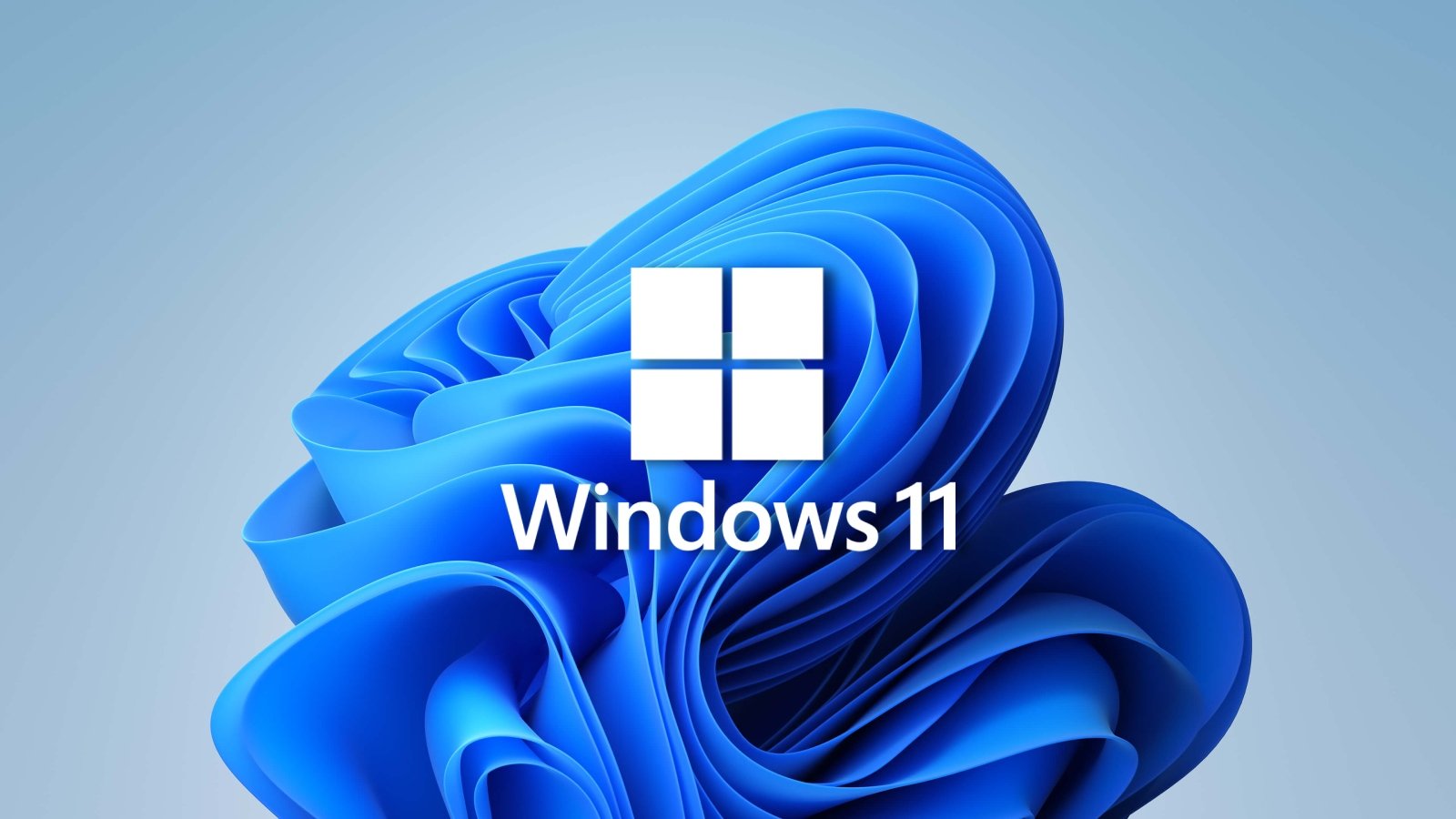
Microsoft has resumed the rollout of the June Windows 11 KB5039302 update, now blocking the update only for those using virtualization software.
On Wednesday, Microsoft pulled the KB5039302 update after Windows 11 users found that their devices went into a reboot loop after it was installed.
After investigating the issue, Microsoft determined that the bug mostly affects devices that utilize virtual machine tools and nested virtualization features, such as CloudPC, DevBox, and Azure Virtual Desktop. Others stated it also affected VMware.
Yesterday, in an update to Windows Message Center, Microsoft once again resumed rolling out the KB5039302 update to those not running virtualization software.
“Availability of this update via Windows Update and Windows Update for Business was paused for a couple of days, but is being resumed today for most devices,” reads the message center update.
“This update offering is now paused only for devices affected by the issue. As a result, this update might not be offered to Hyper-V virtual machines running on hosts that utilize certain processor types.”
Those who wish to install the update can now run Windows Update and install it as usual.
However, this update comes with another bug that causes the Taskbar not to display properly if you are using Windows N edition or have the ‘Media Features’ feature turned off in Control Panel > Programs > Programs and Features > Turn Windows features on or off.
Therefore, if you have disabled the Media Features or are running Windows N, which does not contain media-related technologies, you may want to hold off installing the update.
Microsoft is working on fixing both issues and will provide them in an upcoming release.
Sci-Tech
Is T-Mobile still the uncarrier we knew and loved, or just another carrier?

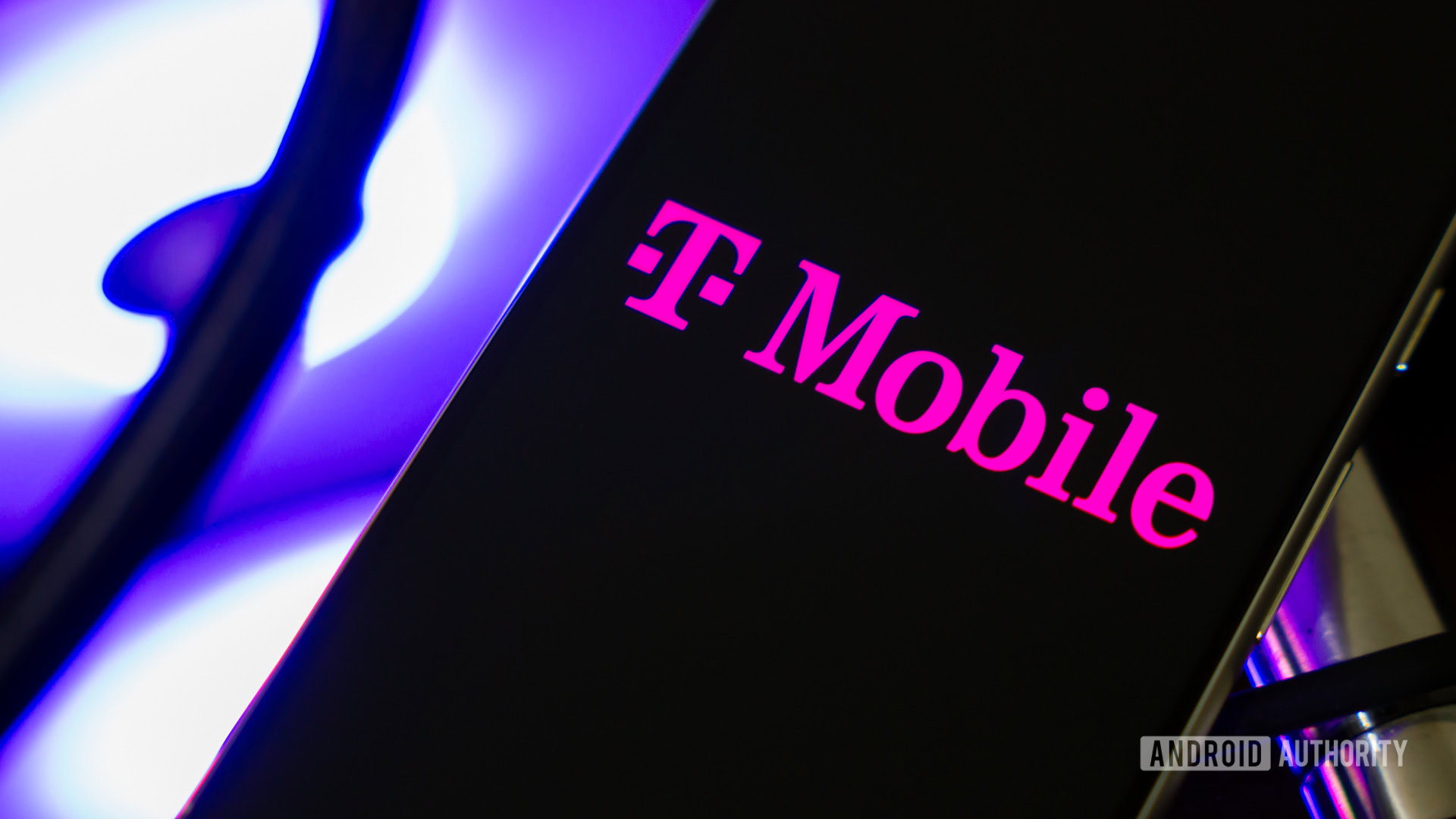
Edgar Cervantes / Android Authority
In 2012, the wireless industry was in a less-than-ideal state. AT&T and Verizon dominated the market, despite a reputation for price gouging. Meanwhile, Sprint and T-Mobile lagged behind in third and fourth place, respectively. In an effort to change its trajectory, T-Mobile hired John Legere as CEO. Legere wasn’t your typical corporate suit. He wore jeans and T-shirts, and cursed like a sailor. He was also outspoken about the poor policies and practices of the larger wireless carriers, and actually made a ton of big changes to the company through the “Uncarrier” marketing initiative.
This campaign aimed to disrupt traditional industry practices, such as two-year contracts, hidden fees, and sudden price increases. These transformations occurred against the backdrop of a planned merger with Sprint, which was finalized in 2020 after extensive negotiations. Fast forward to today, and the new T-Mobile now largely resembles the very companies Legere once vocally opposed.
Is T-mobile still the uncarrier you knew and loved?
64 votes
T-Mobile is starting to look a little like Verizon 2.0
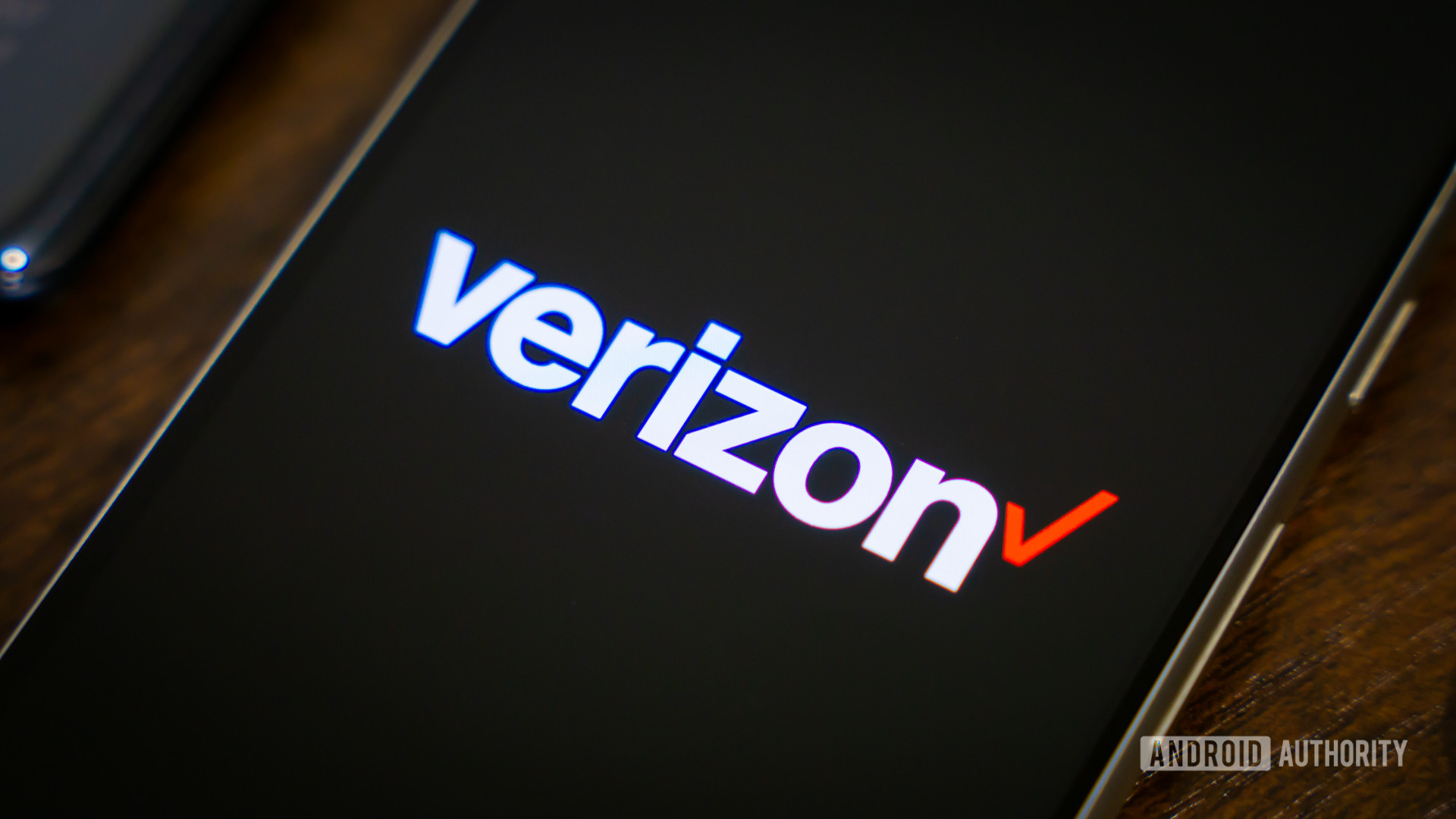
Edgar Cervantes / Android Authority
There were many things T-Mobile criticized its competitors for, but pricing and clarity were chief among Legere’s concerns. In much softer words than he actually used, Legere once essentially accused Verizon and AT&T of being crooks who were taking us for every last cent. That’s just a bit ironic when you consider T-Mobile’s moves over the last few years. While the pandemic naturally drove up pricing, which is more forgivable, T-Mobile’s treatment of legacy customers is not.
First, T-Mobile attempted to automatically shift its legacy customers to newer plans unless the customer specifically contacted them to opt out. When this didn’t work, it ultimately ended up raising legacy pricing anyway, increasing prices by $5 per month per line for voice plans, and $2 per month per line for connected devices. It was also a slap in the face for customers who thought T-Mobile’s earlier Price Lock policies protected them.
T-Mobile used to offer some of the best phone deals, but these days, many of its top free phone offers are typically aimed exclusively at Go5G Plus and Next subscribers. Similarly, T-Mobile Tuesdays used to feature truly great exclusive discounts and promotions for events and much more. This experience has largely devolved into a very limited coupon book app, and many fear this will only worsen with the new T-Life direction.
Those are far from the only changes T-Mobile has made recently that go against the spirit of its Uncarrier movement. In April we learned T-Mobile could be profiling customers and collecting personal data to better predict user behavior. While this is an opt-out feature, I am willing to bet Legere’s T-Mobile would have never even tried something like this.
T-Mobile’s recent price increases and unclear customer changes are exactly the sort of things Legere once criticized Verizon and AT&T for.
Continuing its long line of moves that certainly aren’t customer-first in nature, T-Mobile recently clarified that its pricing could continue to increase, even for Price Lock customers. It also clarified that despite still using the name, T-Mobile customers with a plan from January 17, 2024 are actually on Price Lock 2.0. This newer version will refund you if you cancel due to price increases, but there’s really no promise it won’t continue to jack up prices.
Still not convinced this isn’t the same T-Mobile we all once gushed about? A new bill credits policy might just be enough to put you over the edge. The new policy means you’ll no longer receive bill credits for a free device if you decide to pay off the installment plan early. In other words, if you buy off your plan early, you lose out on your free phone deal.
T-Mobile is likely doing this to prevent customers from paying off a device early and then turning around and selling it for a high price. Before, you could sell the device and remove the installment plan while still receiving any free credits T-Mobile owed you.
All of this shows a carrier that is clearly not concerned with price increases or moves that are seen as less friendly by its existing customer base. This is exactly what Verizon and AT&T have been accused of doing. What makes T-Mobile feel even more like Verizon is that it seems to have set its sights on being the biggest and most powerful carrier.
It’s important to remember the Uncarrier phase was marketing first and foremost
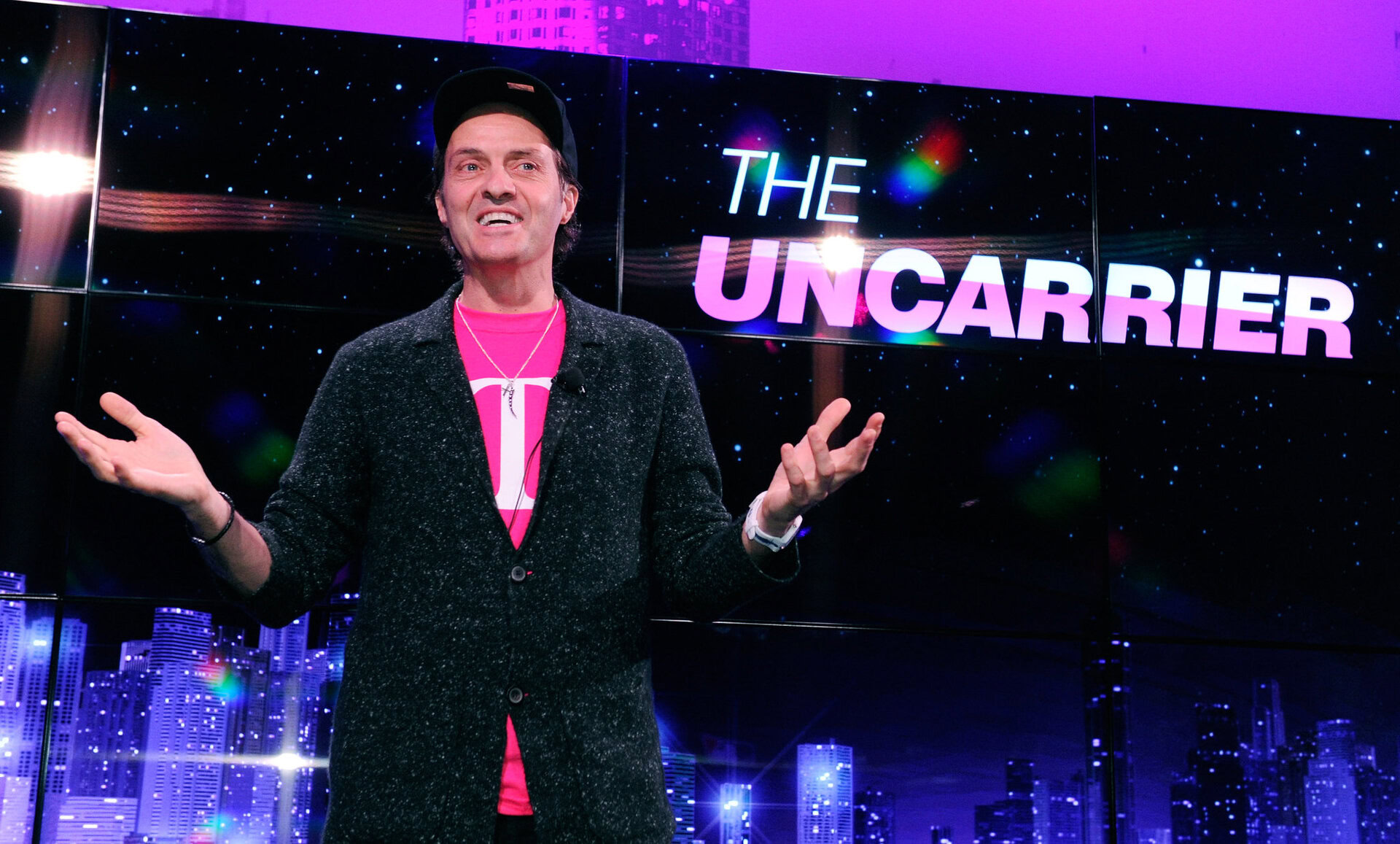
I’ve noticed numerous online comments portraying John Legere as a hero, while Mike Sievert is blamed for T-Mobile’s recent shifts. However, it’s essential to recognize that the Uncarrier movement was primarily a marketing strategy. Legere was hired to revitalize the company, which he effectively did by adopting a relatable image, aggressively cutting costs, and disrupting the industry. But he didn’t do it because he was your friend. These were calculated business decisions.
Legere did his job well, and I respect him for that. However, I also understand how business works. T-Mobile knew that the changes under Legere’s leadership were only a temporary phase. After being promoted to COO, Mike Sievert and John Legere likely developed their strategy extensively. Phase 1 was focused on winning new customers and improving the network to compete with the major carriers. Phase 2 involved tightening the screws to generate real profits and secure T-Mobile’s position as one of the Big Three.
Legere was hired for a job and did it very well. So was Sievert: to make a profit at any cost.
Whether we like it or not, Mike Sievert was also hired for a specific purpose: to take this revitalized company and ensure it remains profitable both now and in the future. He has become the villain by raising prices and ensuring profitability even at the cost of customer satisfaction. It’s a less appealing role, but that doesn’t mean he isn’t doing his job. It’s a delicate balance — maintaining profitability while mitigating potential subscriber losses. T-Mobile likely anticipated some would leave once it was clear that the old Uncarrier days were over, but they planned ahead as best they could by acquiring the most prominent T-Mobile-based carriers.
Our own polls suggest that many of our tech-savvy readers are seriously considering switching to another carrier or even a prepaid service. Those who leave will likely seek coverage at least as good as what they had. If they were satisfied with the Uncarrier’s coverage, switching to Mint or another T-Mobile MVNO is an easy move. For every customer that switches away, a significant portion will still indirectly contribute to T-Mobile’s revenue. T-Mobile also anticipates that major customer losses are less likely among the elderly, large families, or those who are less tech-savvy and hesitant to switch.
Is T-Mobile actually any worse than the other members of the big three?
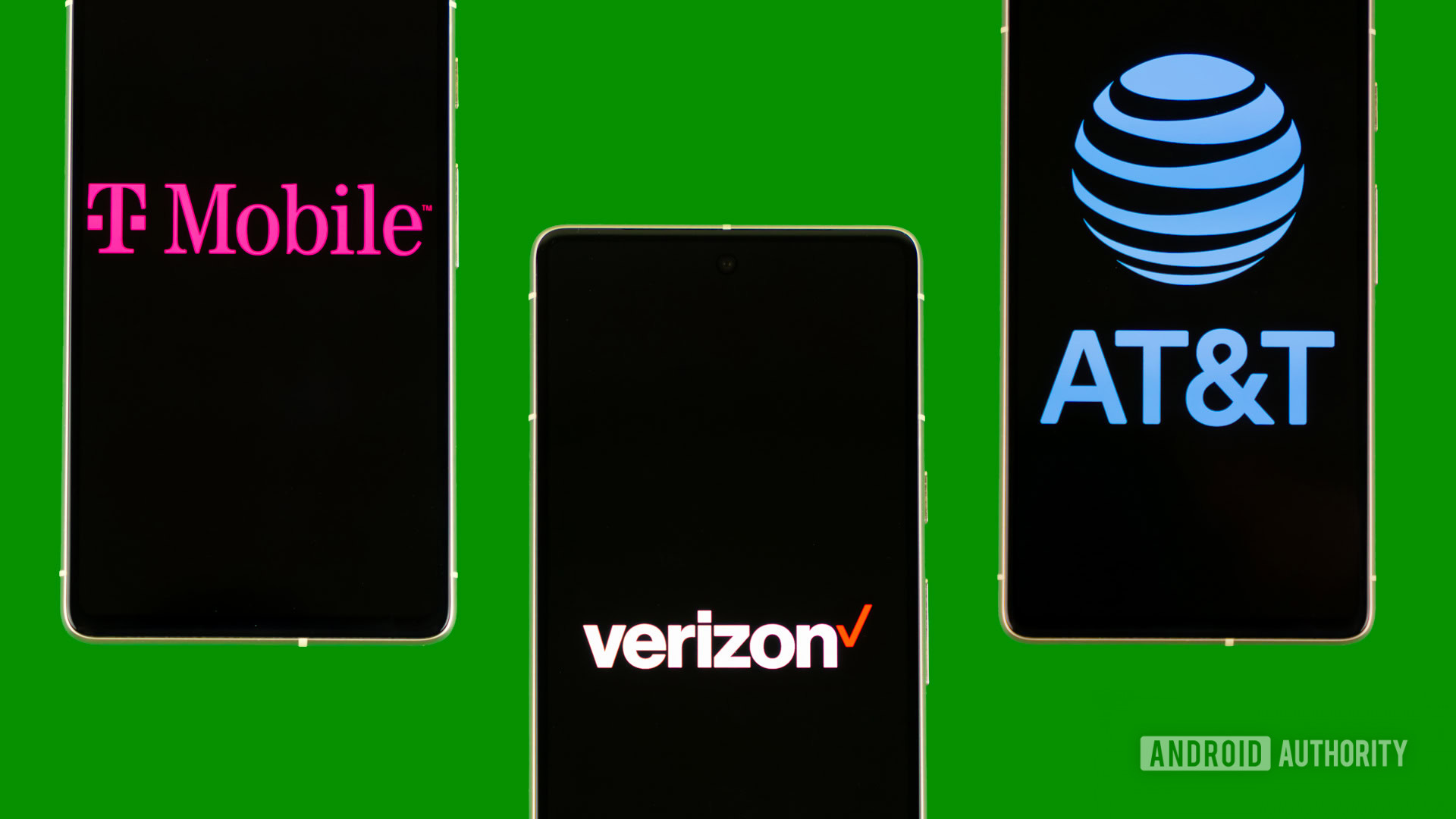
Edgar Cervantes / Android Authority
The big question is whether T-Mobile is any worse than the other members of the big three, and to answer that, I’d say no. The new T-Mobile actually holds a few strong advantages over the competition. While AT&T and Verizon spread device payments over three whole years, T-Mobile still defaults to 24 months. T-Mobile also offers slightly more competitive pricing, especially for larger families. It also has an increasingly strong and reliable network — customer service and pricing aside. The main takeaway is that it’s no longer the “uncarrier” we once knew; it’s now more just “another member of the big three,” for better or worse.
For many, T-Mobile might still be the best of the big three. However, for most, I’d suggest moving to one of the many excellent prepaid services, which have evolved considerably over the years. Some prepaid carriers, like Google Fi Wireless, offer the same high-quality data, device payment plans, and other features typically associated with postpaid services.
-

 African History5 years ago
African History5 years agoA Closer Look: Afro-Mexicans 🇲🇽
-

 African History5 months ago
African History5 months agoBlack History Facts I had to Learn on My Own pt.6 📜
-

 African History5 years ago
African History5 years agoA Closer Look: Afro-Mexicans 🇲🇽
-

 African History1 year ago
African History1 year agoMajor African Tribes taken away during the Atlantic Slave Trade🌍 #slavetrade #africanamericanhistory
-

 African History1 year ago
African History1 year agoPROOF AFRICAN AMERICANS AIN'T FROM AFRICA DOCUMENTED EVIDENCE
-

 African History1 year ago
African History1 year agoCameroon 🇨🇲 World Cup History (1962-2022) #football #realmadrid #shorts
-

 African History5 months ago
African History5 months agoBlack History Inventors: Mary Kenner 🩸
-

 African History4 months ago
African History4 months agoMr Incredible Becoming Canny/Uncanny Mapping (You live in Paraguay 🇵🇾)



